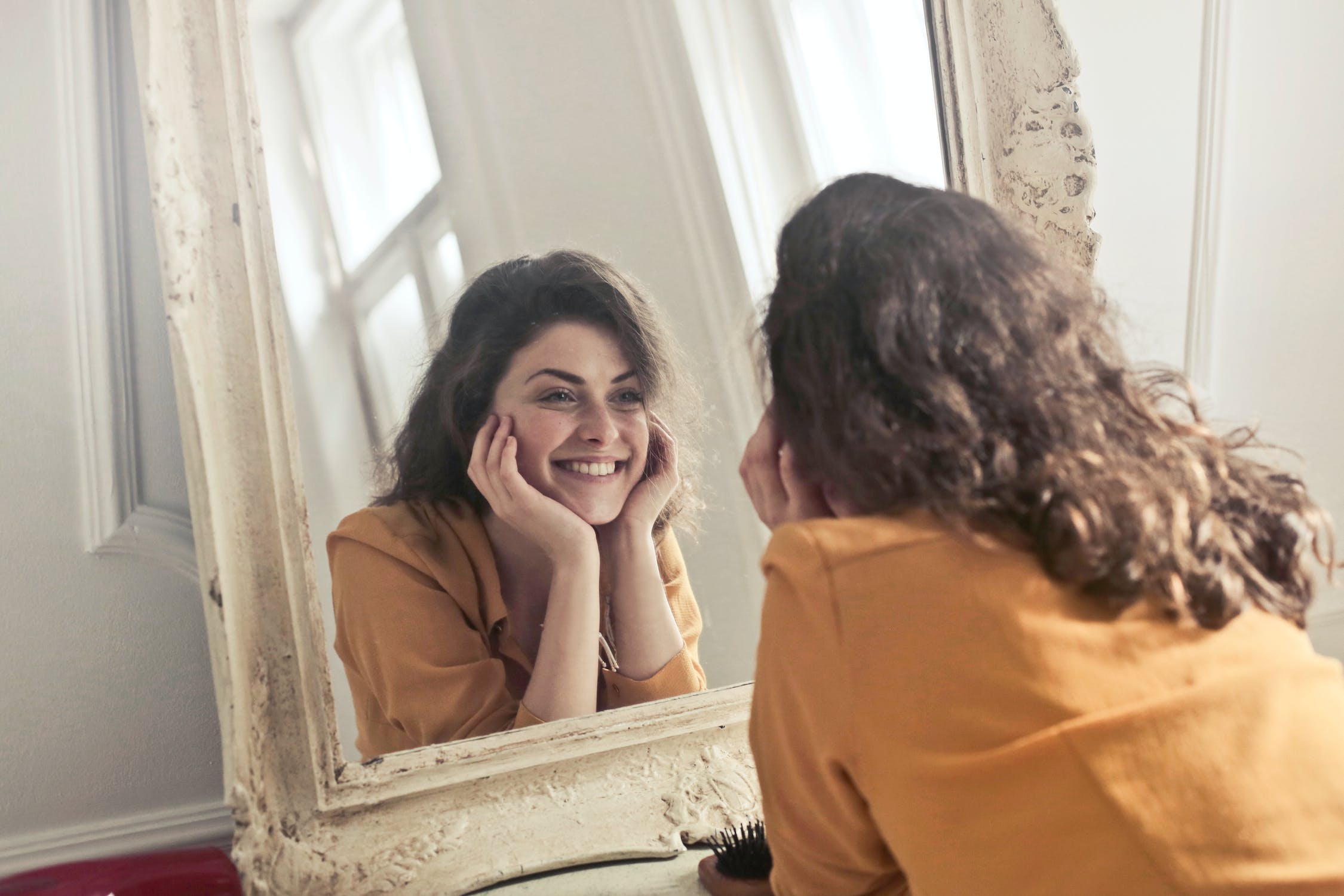

Articles
Why Do We Look Different In Different Mirrors
Modified: May 6, 2024
Discover why we appear unique in various mirrors through these fascinating articles. Explore the science behind our different reflections and gain insights into this intriguing phenomenon.
(Many of the links in this article redirect to a specific reviewed product. Your purchase of these products through affiliate links helps to generate commission for Storables.com, at no extra cost. Learn more)
Introduction
We have all experienced that moment of stepping in front of a mirror and being surprised by what we see looking back at us. Sometimes, we appear to be taller, slimmer, or more attractive than we anticipated. Other times, we might see a reflection that doesn’t quite match our self-perception. It is a common phenomenon that leaves us questioning why we look different in different mirrors.
While mirrors serve a practical purpose of allowing us to see ourselves, there is more to their reflections than meets the eye. The science behind mirrors and the factors that influence our appearance can shed light on this intriguing phenomenon.
The way we perceive ourselves in mirrors can be influenced by various factors, including the type of mirror, lighting conditions, and psychological factors. Understanding these influences can help explain why our reflections can vary from one mirror to another.
Additionally, cultural and societal influences come into play when it comes to mirror perception. The way we perceive ourselves in mirrors is shaped by societal beauty standards and individual body image concerns. These factors can further contribute to the differences we notice when we look at ourselves in different mirrors.
In this article, we will delve into the science behind mirror reflections and explore the various factors that influence our appearance in mirrors. We will also discuss the psychological impacts of mirror perception, the role of lighting in mirror reflections, and the cultural and societal influences on mirror perception. Finally, we will consider the practical implications and considerations related to mirror use.
By the end of this article, you will have a deeper understanding of why we look different in different mirrors and the complex interplay of factors that contribute to our mirror self-perception.
Key Takeaways:
- Embrace your uniqueness and celebrate your individuality beyond the reflections in different mirrors. Cultivate a positive self-perception and challenge societal beauty standards for a healthier body image.
- Be mindful of the factors influencing mirror reflections, from lighting to psychological impacts. Approach mirror use with self-compassion and balance to enhance overall self-perception.
Read more: Why Do I Look Fat In Some Mirrors
The Science Behind Mirrors
Before diving into the factors that influence our appearance in mirrors, let’s first understand the basic science behind how mirrors work. Mirrors are made by coating a glass surface with a thin layer of reflective material, typically aluminum or silver. When light hits the mirror, it bounces off the reflective coating and creates a reflection that we see as our image.
Mirrors follow the principle of reflection, which states that the angle at which light hits a surface will be the same angle at which it reflects. This phenomenon allows us to see a reversed image of ourselves in the mirror, where the right side of our body appears on the left side of the reflection and vice versa.
The smoothness and flatness of the mirror’s surface are crucial factors in producing an accurate reflection. Any imperfections or distortions in the mirror’s surface can cause a variation in the reflected image, leading to differences in our appearance.
It is important to note that mirrors do not alter our physical appearance; they simply reflect the light that hits them. However, the way we perceive that reflection can be influenced by a variety of factors that we will explore in the following sections.
Now that we have a basic understanding of how mirrors work, let’s take a closer look at the factors that contribute to the differences we notice when we look at ourselves in different mirrors.
Factors That Influence Our Appearance in Mirrors
Have you ever wondered why you might look different in another mirror compared to the one you are used to? There are several factors that can influence our appearance when we look at ourselves in mirrors.
Firstly, the type of mirror itself can play a role. Different mirrors have varying levels of quality and consistency in their reflective surface. High-quality mirrors with a smooth and flat surface provide a more accurate reflection, while lower-quality or older mirrors may have imperfections that distort the image. These distortions can alter the way we perceive our appearance, making us look slightly different in each mirror.
Another factor that influences our mirror reflection is the angle at which we view ourselves. Mirrors are typically hung at eye level, but if we view ourselves from a different angle, such as bending down or looking from above, it can create a different perspective and alter our perception of our appearance.
Lighting conditions also play a significant role in how we appear in mirrors. Different lighting sources, such as natural light, fluorescent lighting, or incandescent bulbs, can have varying color temperatures that affect the way our skin tone appears. Harsh or dim lighting can create shadows or wash out certain features, making us look different than we might under different lighting conditions.
Furthermore, psychological factors can influence how we perceive our reflection. Body image concerns, self-esteem, and mood can all impact how we interpret our appearance in mirrors. If we are feeling confident and positive, we may perceive ourselves as more attractive. On the other hand, if we are feeling down or have negative body image thoughts, we may see ourselves in a less favorable light.
Lastly, physiological factors such as tiredness, hydration levels, and posture can also affect our appearance in mirrors. Fatigue or dehydration can cause changes in the skin, leading to a different reflection. Additionally, our posture, whether slouching or standing tall, can impact how we appear in the mirror.
By considering these various factors, it becomes clear why we may look different in different mirrors. It is a combination of the mirror’s quality, viewing angle, lighting conditions, psychological factors, and physiological factors that contribute to the variations in our mirror reflections and the way we perceive ourselves.
Distortions in Different Types of Mirrors
Not all mirrors are created equal. Different types of mirrors can introduce distortions that significantly impact our appearance. Understanding these distortions can help explain why we may appear different in various mirrors.
One common type of mirror distortion is known as “funhouse mirror” effect. Funhouse mirrors are intentionally designed to warp and exaggerate our reflection. These mirrors can create distorted and exaggerated images, making us appear taller, shorter, wider, or thinner than we actually are. The purpose of funhouse mirrors is to provide amusement and entertainment rather than accurate reflections.
Even in non-funhouse mirrors, there can still be subtle distortions. For example, simple cosmetic mirrors, such as handheld or vanity mirrors, may have slight curvatures or imperfections in the surface that can distort our image. These distortions can cause minor changes in our facial features or body proportions, leading to a slightly different appearance.
Another type of mirror that can introduce distortions is a vintage or antique mirror. Over time, the reflective coating on these mirrors can deteriorate, resulting in patchy or cloudy areas. This degradation can affect the quality of the reflection, making us look distorted or less clear in certain areas of the mirror.
Additionally, mirrors with non-standard shapes or unconventional designs may introduce distortions. Mirrors with curved or concave surfaces can warp our reflection, causing our image to appear stretched or compressed depending on the curvature of the mirror.
It is also worth noting that some mirrors, particularly those with a reflective film applied to glass, can produce a slight green or yellow tint. This tint can subtly alter the color of our skin and other visual elements, affecting our perception of our appearance.
While these distortions may be subtle or negligible to the casual observer, they can still contribute to the overall differences we notice when we look at ourselves in different mirrors. Understanding and being aware of these distortions can help us interpret our reflection more accurately and alleviate any concerns or confusion about our appearance.
Psychological Impacts of Mirror Perception
Mirror perception goes beyond the physical reflection we see. It also has psychological implications that can influence our self-perception and overall well-being.
One significant psychological impact of mirror perception is its connection to body image. When we look in the mirror, we tend to focus on specific aspects of our appearance, such as our body shape, facial features, or skin condition. Our perception of these attributes can be influenced by cultural beauty standards and personal insecurities.
For individuals struggling with body image concerns, mirror perception can amplify negative self-perception and trigger body dissatisfaction. They may perceive themselves as less attractive or flawed, even if others perceive them differently. This distorted perception can lead to low self-esteem, decreased self-confidence, and even contribute to the development of mental health disorders such as body dysmorphic disorder or eating disorders.
On the other hand, mirror perception can also have positive psychological effects. Seeing an image that aligns with our desired appearance can boost self-confidence and enhance our mood. This positive perception can improve our overall well-being and contribute to a positive body image.
It is important to note that mirror perception is subjective and influenced by our cognitive biases and beliefs. Confirmation bias, for example, can shape our perception as we tend to focus on aspects that confirm our preconceived notions of ourselves. If we have negative beliefs about our appearance, we may selectively notice flaws or imperfections and disregard any positive features.
Furthermore, mirror perception can be influenced by social comparison. We often compare ourselves to others, whether consciously or unconsciously, and this comparison can shape our perception in the mirror. If we perceive others as more attractive or desirable, we may be more critical of our own appearance.
Understanding the psychological impacts of mirror perception can help us navigate our self-perception and body image more effectively. Practicing self-compassion, challenging negative thoughts, and seeking support from professionals can be beneficial for developing a healthier relationship with mirrors and improving our overall well-being.
The differences in how we appear in different mirrors can be due to factors such as the quality of the mirror, the lighting in the room, and the angle at which we are viewing ourselves. To get a more accurate reflection, try to use a well-lit mirror with a true-to-life reflection.
Read more: Why Do We Do Easter Baskets
How Lighting Affects Mirror Reflections
Lighting plays a crucial role in how we appear in mirrors. The type, intensity, and direction of lighting can significantly impact our mirror reflections and how we perceive ourselves.
Natural daylight is often considered the most flattering and accurate lighting for viewing our reflection. It provides a balanced spectrum of light that showcases our features in a more true-to-life manner. However, even within natural daylight, different times of the day and weather conditions can result in variations in lighting that affect our mirror reflection.
Artificial lighting, such as fluorescent or incandescent bulbs, can introduce different color temperatures that alter the appearance of our skin tone. Cool white fluorescent lighting tends to make the skin appear paler, while warm incandescent lighting can give a slightly warmer tone. These variations can impact how we perceive our complexion and overall appearance.
The intensity of the lighting also plays a role. Bright, well-distributed lighting can enhance our features and visibility in the mirror. On the other hand, dim lighting can cast shadows and create a more diffused reflection, which may obscure certain details and make us appear slightly different than under brighter lighting conditions.
Lighting direction is another important factor. When the light source is placed directly in front of us, it evenly illuminates our face and minimizes shadows. This can provide a more balanced and clear reflection. However, when the light source is placed above or below us, it can create shadows that emphasize certain features or distort our facial proportions. These variations in lighting direction can contribute to the differences we notice in our mirror reflections.
It is worth mentioning that the color and texture of the walls surrounding the mirror can also have a subtle influence on our perception. Light-colored walls can reflect more light onto the face, creating an overall brighter reflection. Similarly, textured walls can create soft shadows and add depth to the reflection.
Considering the impact of lighting on mirror reflections, it becomes apparent that different lighting conditions can lead to slight variations in our appearance. Being mindful of the lighting environment when assessing our reflection can help us interpret it more accurately and avoid unnecessary self-criticism based on lighting-induced distortions.
Cultural and Societal Influences on Mirror Perception
Mirror perception is not only influenced by the physical aspects of mirrors and lighting conditions, but also by cultural and societal factors. Our perception of ourselves in mirrors is shaped by societal beauty standards and cultural ideals of attractiveness.
Beauty standards vary across different cultures and societies. These standards dictate what is considered desirable in terms of physical appearance, such as body shape, facial features, and skin tone. They influence our perception of beauty and affect how we judge ourselves when we look in the mirror.
For example, in Western societies, there has historically been an emphasis on thinness as the ideal body shape for women. This can lead to body dissatisfaction and a negative self-perception for individuals who do not conform to this standard. Conversely, in some cultures, a fuller figure may be seen as more attractive, leading to different self-perception based on cultural beauty ideals.
Additionally, societal norms and media portrayals play a significant role in shaping mirror perception. The media often presents unrealistic and airbrushed images of beauty, which can distort our perception of what is normal or attainable. Comparing ourselves to these idealized images can lead to a negative self-image and dissatisfaction with our appearance.
Social media further amplifies the influence of societal standards on mirror perception. The constant exposure to carefully curated and filtered images on platforms like Instagram can create a distorted reality. People often present their best versions of themselves in these photos, which can contribute to a distorted comparison and negatively impact our own self-perception when looking in the mirror.
It is essential to be aware of the cultural and societal influences on mirror perception and to challenge the unrealistic beauty standards that exist. Recognizing that beauty comes in diverse forms and embracing body positivity can help us develop a healthier and more realistic self-perception.
By understanding how cultural and societal factors impact mirror perception, we can strive for more inclusive and empowering beauty standards, promoting self-acceptance and fostering a positive body image.
Mirror Self-Perception and Body Image
Mirror self-perception and body image are closely intertwined. When we look in the mirror, we often evaluate and judge our physical appearance, which can influence our overall body image and self-esteem.
Our perception of ourselves in the mirror has a direct impact on our body image. Body image refers to the thoughts, feelings, and beliefs we have about our own bodies. It encompasses how we perceive our body size, shape, and overall physical attractiveness.
Mirror self-perception can have both positive and negative effects on body image. If we perceive ourselves as attractive and in line with societal beauty standards, it can enhance our body image and contribute to a positive self-perception. On the other hand, if we perceive ourselves as less attractive or dissimilar to the societal ideal, it can lead to body dissatisfaction and negative body image.
Body image concerns are common in today’s society, fueled by the unrealistic portrayal of beauty in the media and societal pressures to conform to certain standards. Excessive focus on our perceived flaws or constant comparison to others can lead to body dissatisfaction and a distorted self-perception when looking in the mirror.
Mirror self-perception can be influenced by cognitive biases, such as selective attention and confirmation bias. Selective attention refers to our tendency to focus on specific aspects of our appearance that confirm our preconceived notions or negative beliefs about ourselves. Confirmation bias leads us to seek out evidence that supports our negative self-perception, filtering out any positive attributes we may possess.
It is important to develop a healthy and realistic perception of ourselves when looking in the mirror. This involves practicing self-acceptance, challenging negative thoughts and beliefs, and developing a positive body image. Engaging in self-care activities that promote body positivity, such as practicing gratitude for our bodies or engaging in activities that make us feel confident and empowered, can help shift our focus away from perceived flaws and towards self-acceptance.
Seeking support, whether from friends, family, or mental health professionals, can also be beneficial for managing body image concerns and developing a healthier relationship with mirror self-perception. Remember, the reflection in the mirror does not define our worth or beauty. Embracing our unique qualities and focusing on overall well-being can lead to a positive body image and improved self-perception.
Practical Implications and Considerations for Mirror Use
While mirrors are a common fixture in our daily lives, their use can have practical implications and considerations that are worth keeping in mind. Understanding these practical factors can help us navigate our mirror use and enhance our overall self-perception.
Firstly, it is important to be conscious of the purpose and intention behind looking in the mirror. Are we using the mirror to appreciate our appearance, groom ourselves, or assess our overall well-being? Being clear about our motivations can help us approach mirror reflection in a healthy and constructive manner.
Consider the environment in which the mirror is placed. The location and lighting surrounding the mirror can significantly influence our perception. Natural lighting, ideally from a window, can provide the most accurate reflection. If natural light is not available, opt for bright, well-distributed artificial lighting to minimize shadows and ensure a clear image.
Avoid fixating on perceived flaws or obsessively checking one’s reflection. Constantly seeking validation or reassurance from the mirror can contribute to negative self-image and body dissatisfaction. Instead, strive for a balanced approach and focus on self-acceptance and self-care.
Seek a variety of perspectives when assessing your appearance. Looking at oneself from different angles and distances can provide a more comprehensive and realistic view. This can be particularly helpful in challenging the distorted perception that may arise from fixating on a limited perspective.
Practicing self-compassion and reframing negative self-talk can also have a positive impact on mirror use. Challenge negative thoughts and replace them with more positive and realistic affirmations. Remember that your worth is not determined by your physical appearance alone.
Consider the frequency and duration of mirror use. Spending excessive amounts of time in front of the mirror can lead to self-consciousness and a heightened focus on appearance. It is important to engage in diverse activities unrelated to physical appearance to foster a well-rounded sense of self-worth.
Lastly, recognize that mirrors can only provide a reflection of your physical appearance. They do not define your worth, beauty, or overall identity. Cultivate self-acceptance and embrace your unique qualities beyond what the mirror reflects.
By approaching mirror use with mindfulness and incorporating these practical considerations, we can enhance our overall self-perception and cultivate a healthier relationship with our reflection.
Read more: Why Do Gym Mirrors Make You Look Good
Conclusion
Looking in the mirror and seeing our reflection is a daily occurrence for most of us. However, the differences we may notice when we look at ourselves in different mirrors can be intriguing and sometimes perplexing. The science behind mirrors, coupled with various factors that influence our appearance, helps explain this phenomenon.
We have explored how different types of mirrors and their distortions, along with lighting conditions, can affect our perception. Additionally, we have discussed the psychological impacts of mirror perception, including its connection to body image and the influence of cultural and societal factors.
It is clear that mirror self-perception and body image are intimately linked. Our perception of ourselves in the mirror can have both positive and negative psychological effects. Recognizing the cognitive biases that can impact our perception and practicing self-acceptance are vital steps towards developing a healthier body image and a more positive self-perception.
Considering the practical implications and considerations for mirror use, such as being mindful of our intentions, environment, and frequency of use, can enhance our overall experience. By being conscious of these factors, we can approach mirror reflection in a healthier, more balanced way.
In conclusion, mirrors are not just reflective surfaces, but tools that can influence how we perceive ourselves. By understanding the science behind mirrors, the factors that influence our appearance, and the psychological and practical considerations involved, we can cultivate a more realistic and positive self-perception.
Remember, the reflection in the mirror is just a snapshot of our physical appearance. Our true worth lies in the unique qualities and experiences that make us who we are. Embrace and celebrate your individuality, and let the mirror be a tool for self-acceptance and self-care rather than a source of self-judgment.
Curious about how your reflection could change with a new mirror? Our upcoming article on "mirrors" showcases a selection of 12 stunning mirrors set to trend in 2024. Each piece promises not only to transform spaces but also to alter perceptions of beauty and style in home decor. Whether you're aiming to spruce up your living area or just curious about the latest in reflective technology, this piece is definitely worth a look. Don't miss out on discovering how these mirrors can redefine your surroundings!
Frequently Asked Questions about Why Do We Look Different In Different Mirrors
Was this page helpful?
At Storables.com, we guarantee accurate and reliable information. Our content, validated by Expert Board Contributors, is crafted following stringent Editorial Policies. We're committed to providing you with well-researched, expert-backed insights for all your informational needs.
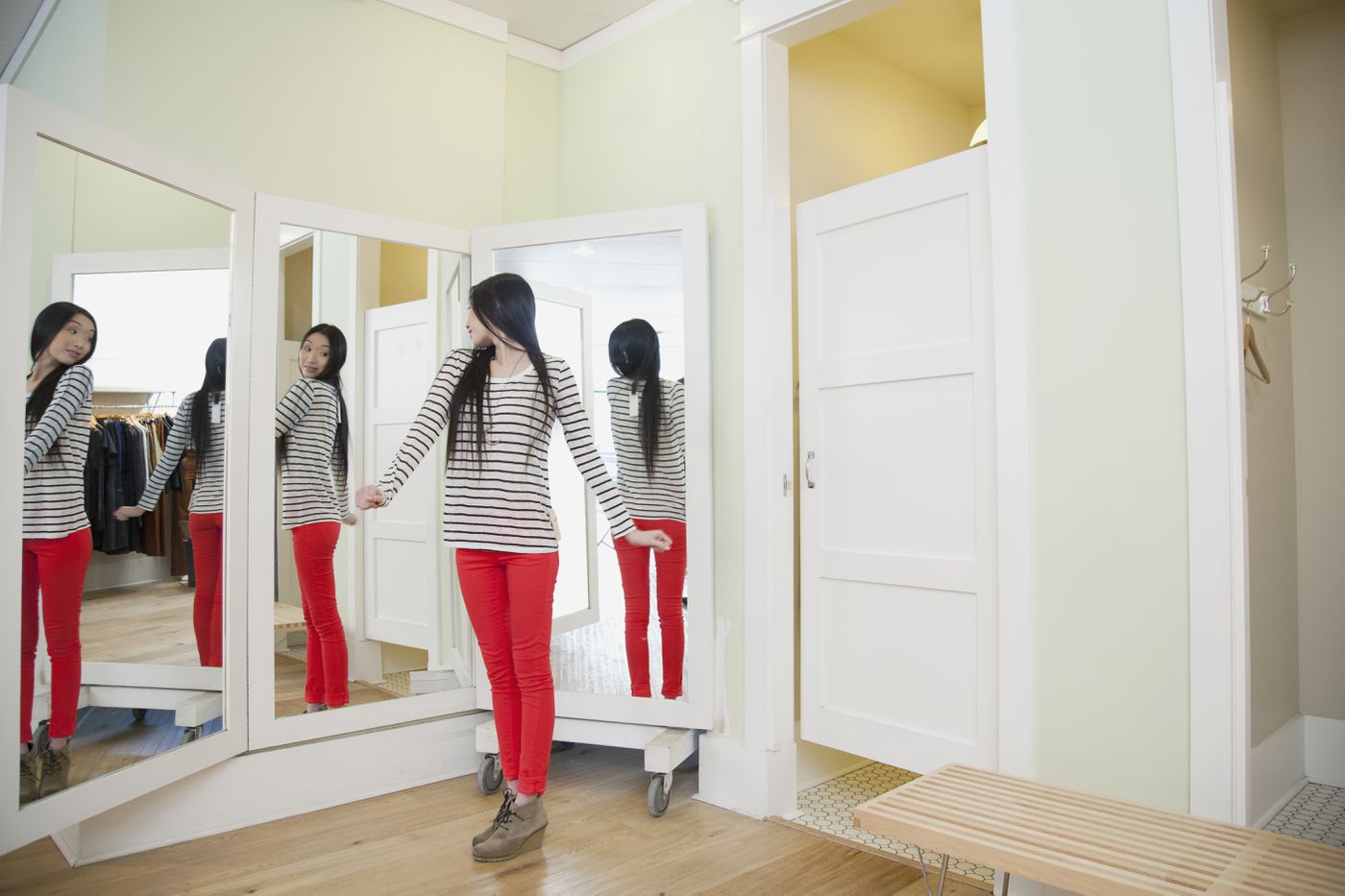
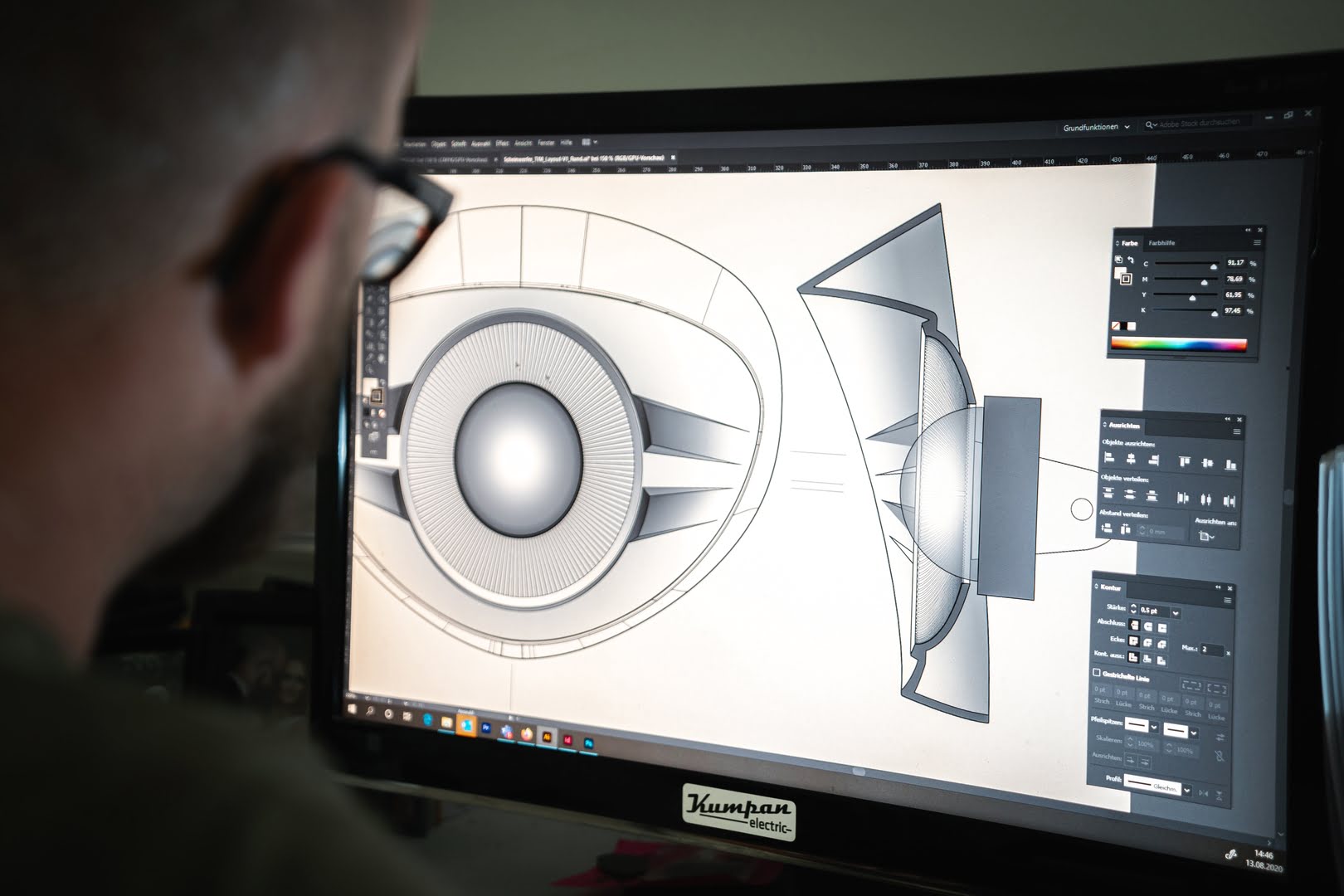
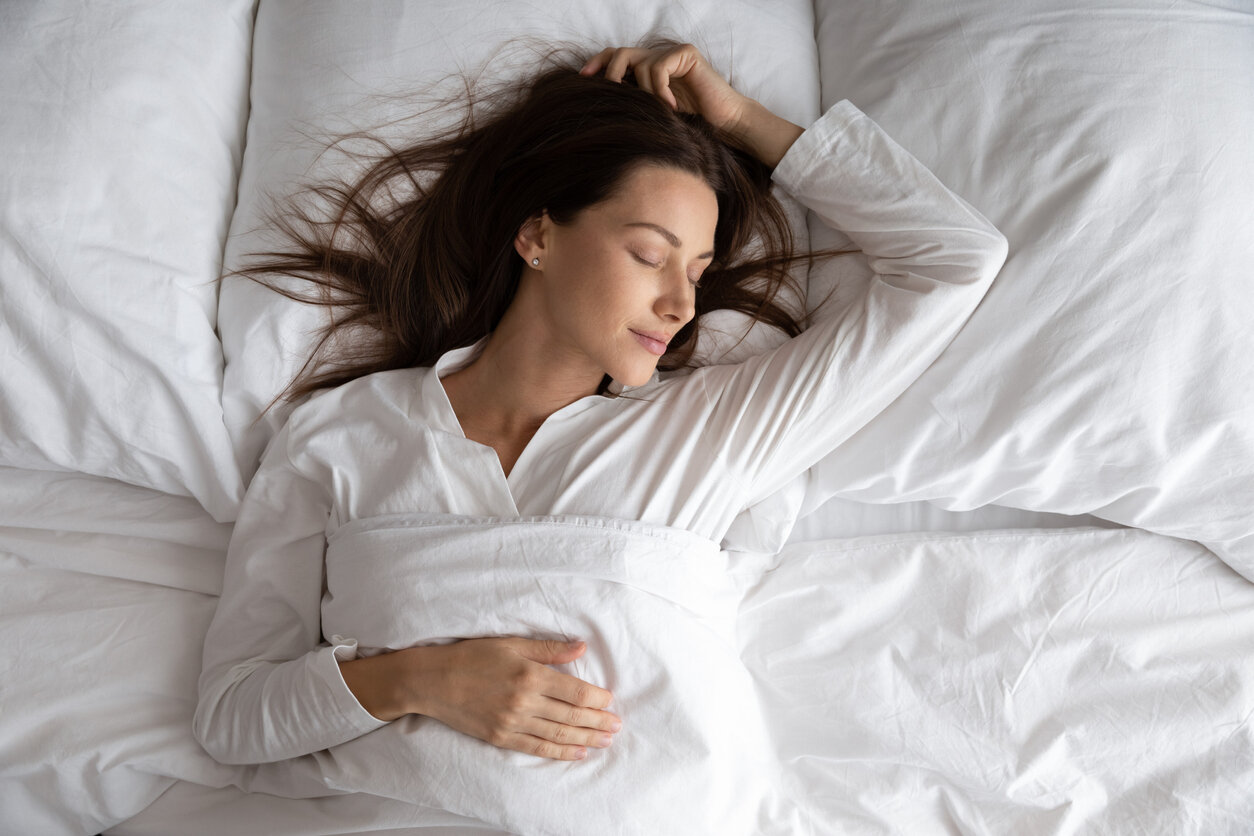

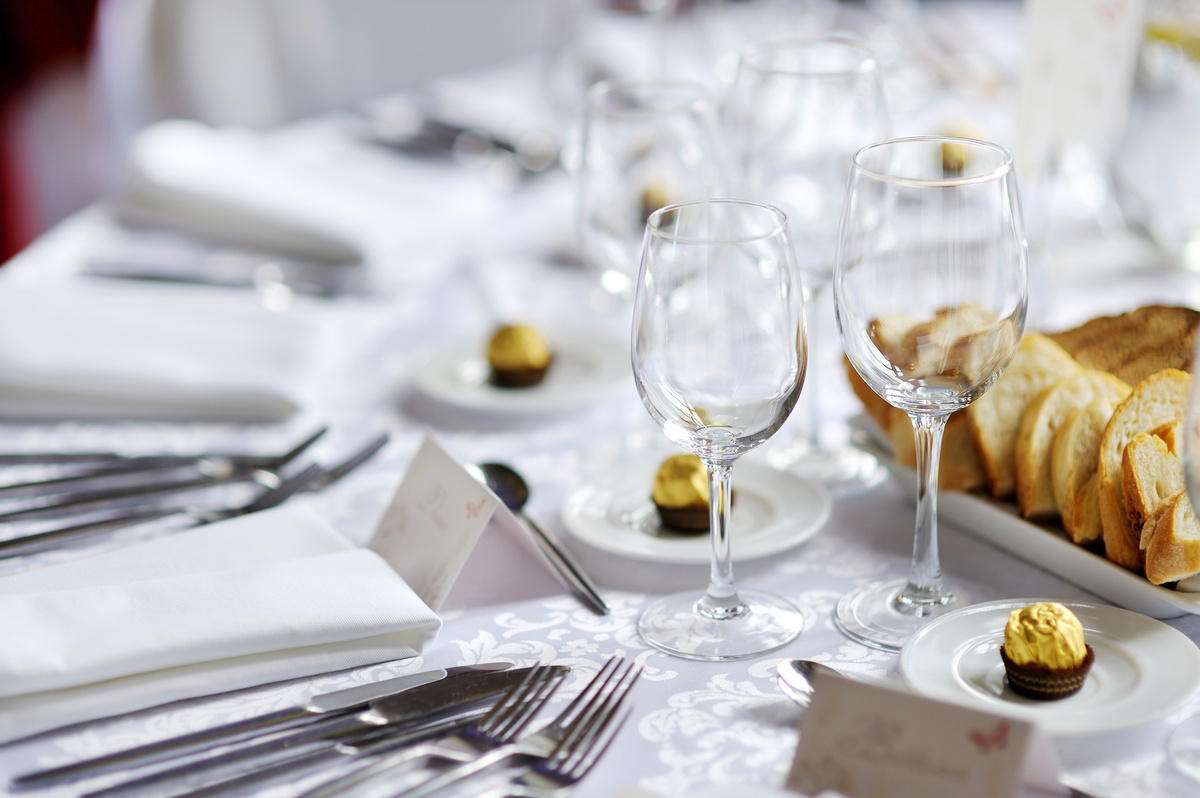



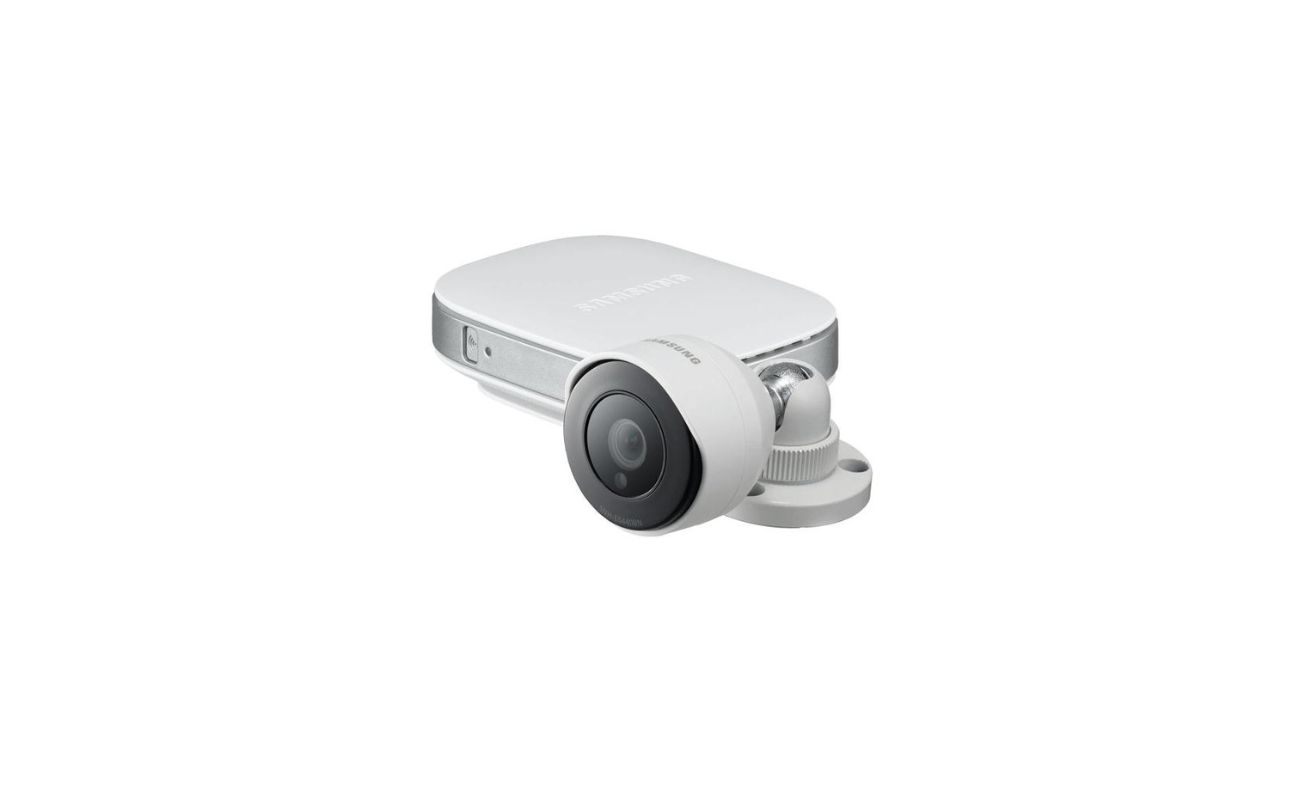
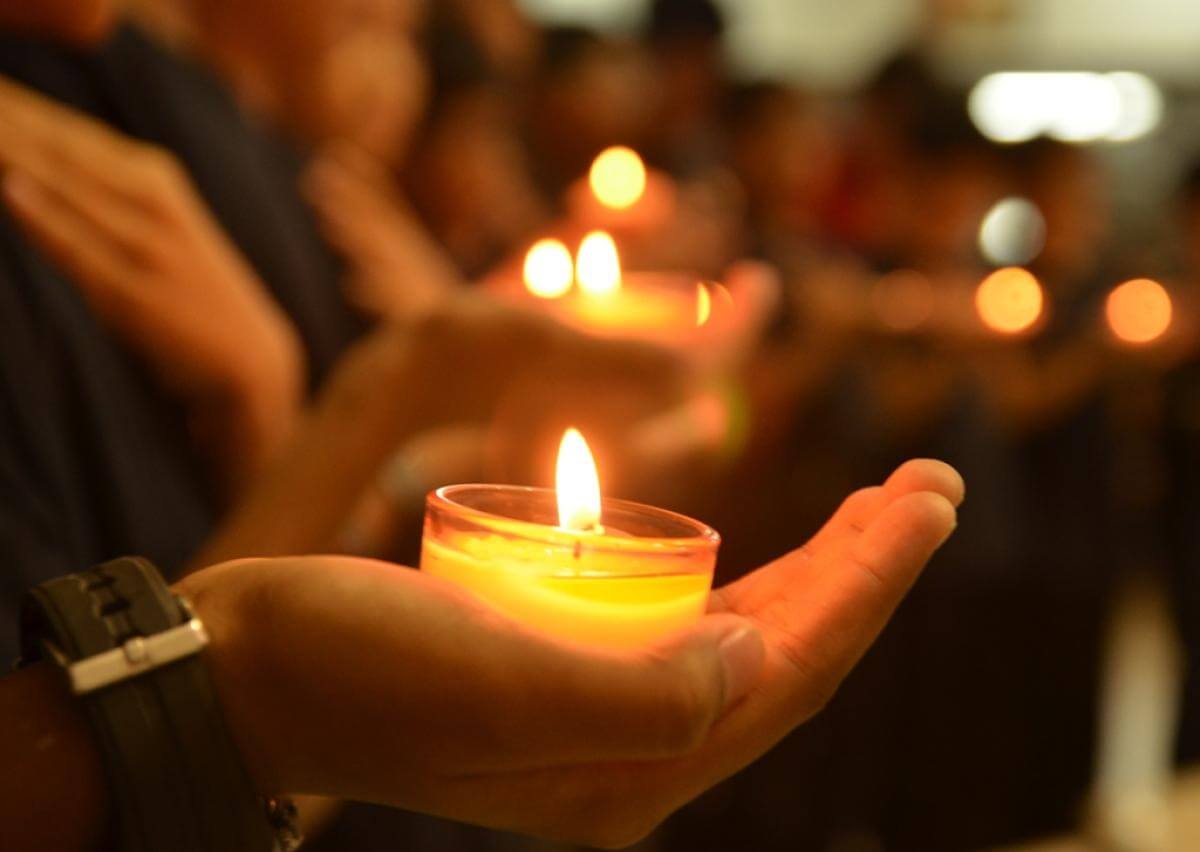
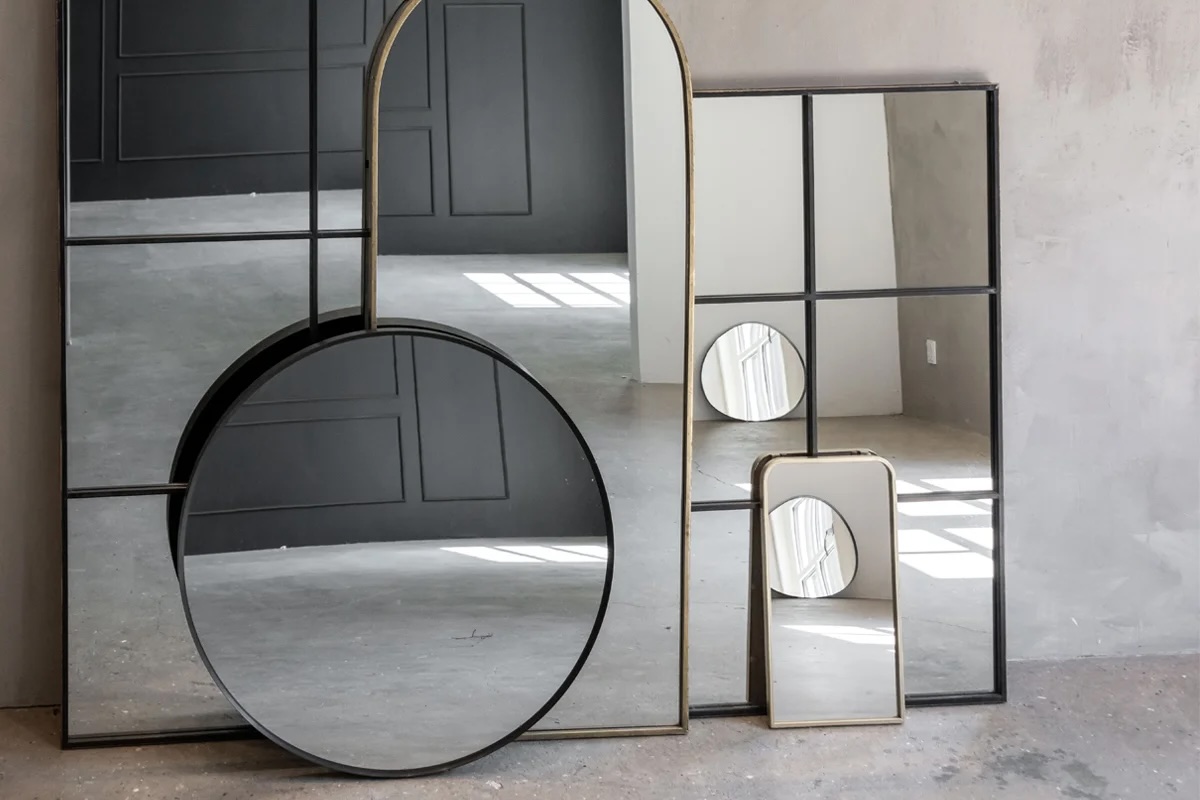
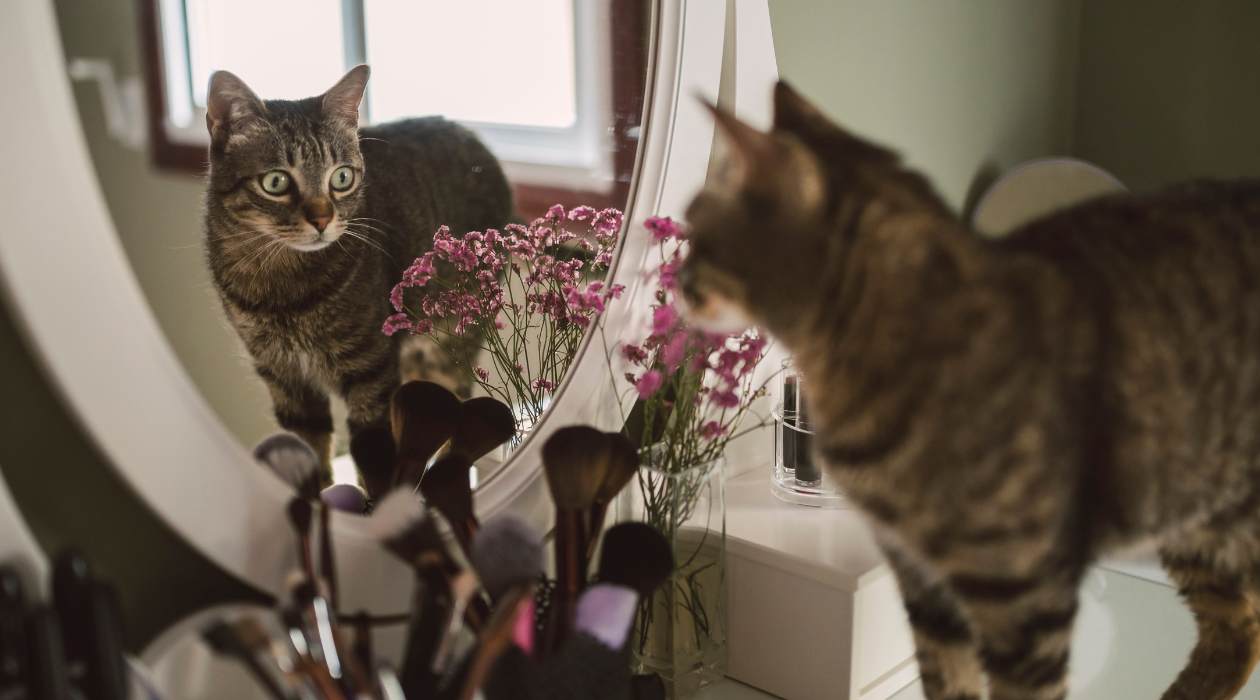
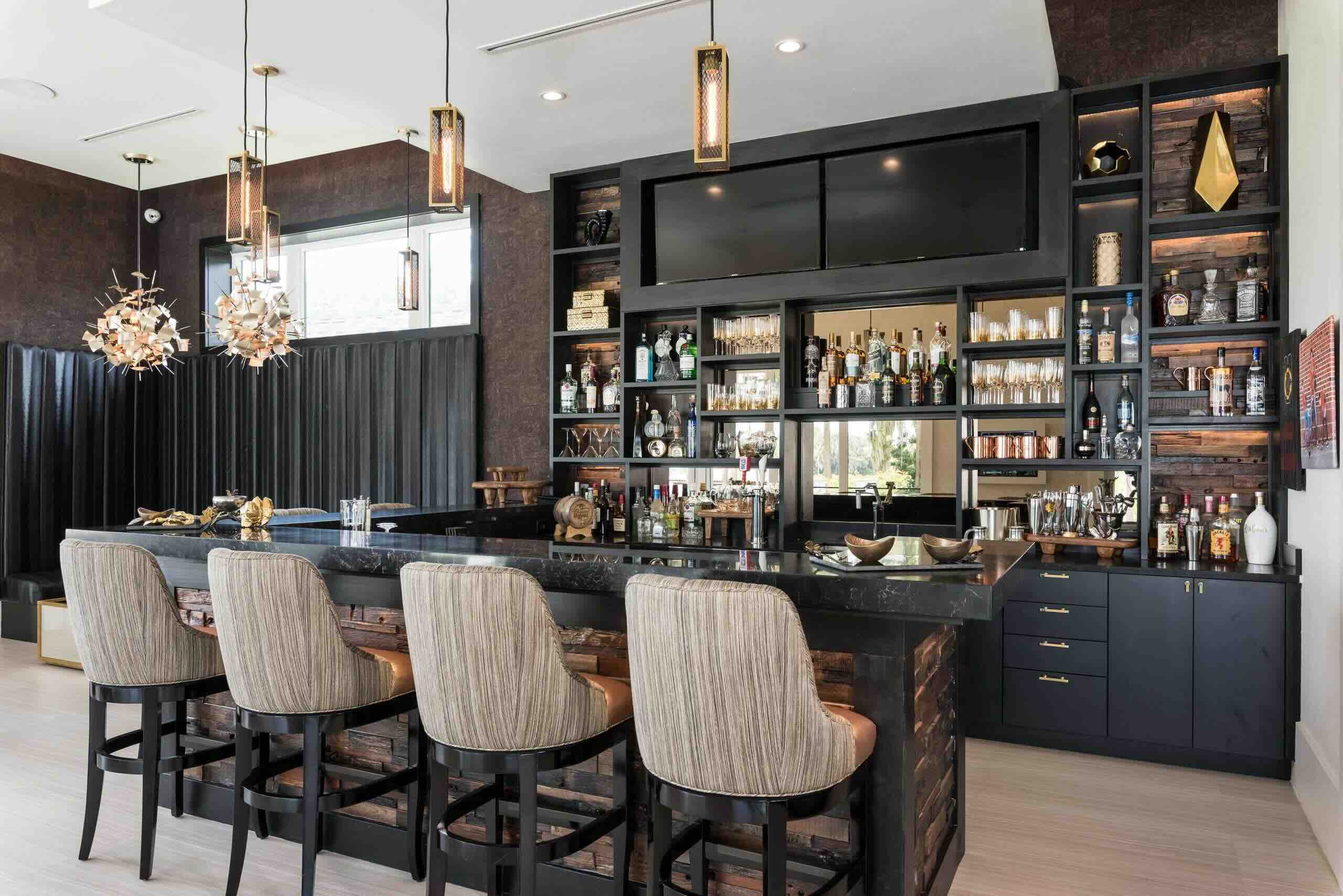

0 thoughts on “Why Do We Look Different In Different Mirrors”